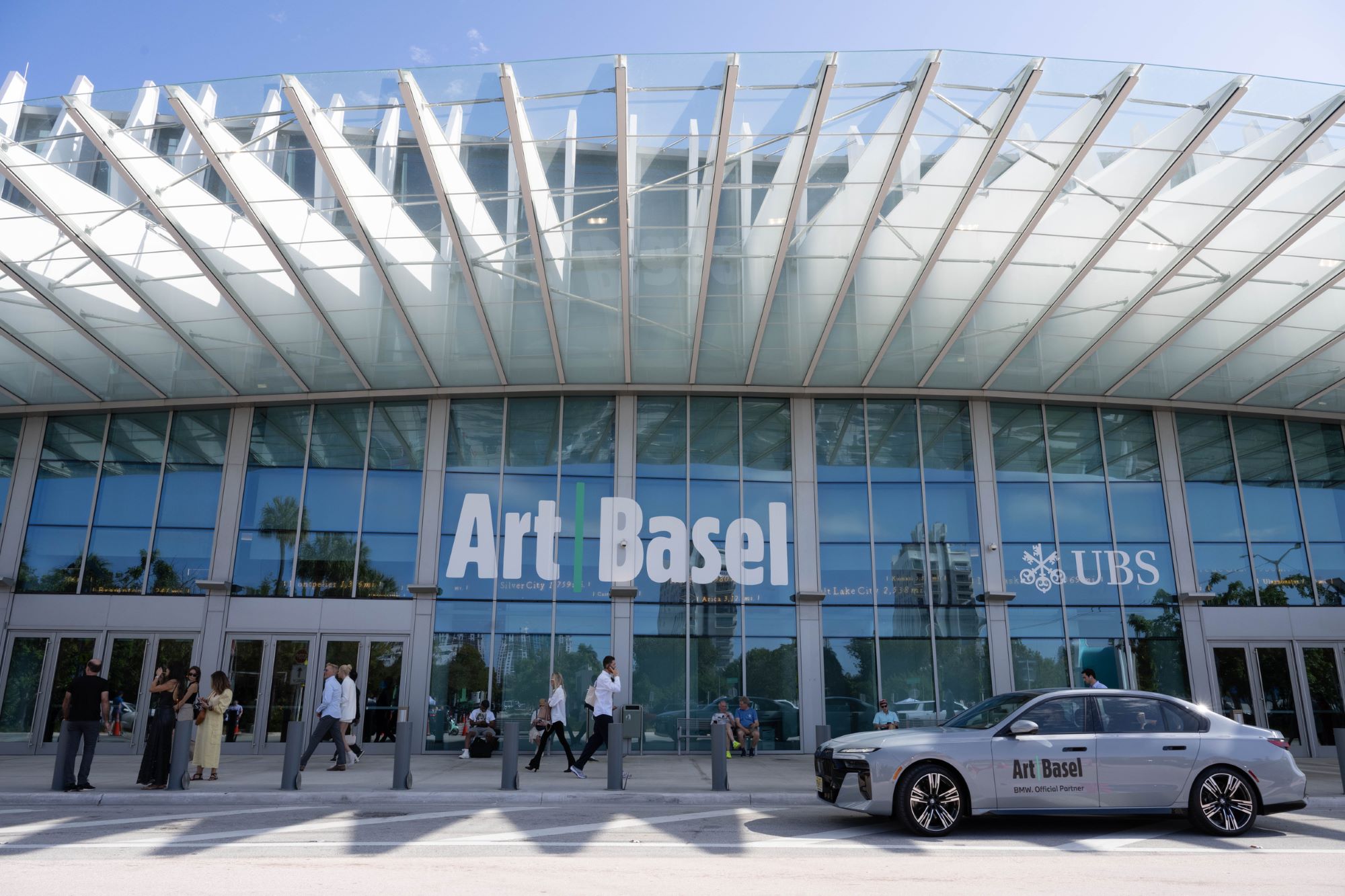Seventeenth-century European art was dominated by Baroque, characterized by exaggerated forms, colors, and focus on emotions. Baroque was a prolific period with many extraordinary artists and a complex range of styles and subjects.
From a historical perspective, it was a turbulent time. Europe was divided by the Thirty Years’ War (1618–48), rooted mainly in conflicts between Protestants and Catholics with additional political, dynastic, and nationalistic concerns. Such religious and political motivations significantly shaped the artistic outcome. Essentially, art became the medium of religious propaganda. Following the Council of Trent (1545–63), art should primarily focus on three aspects: to communicate clear messages respecting the church’s decorum, to be didactic, and to persuade the viewer. In addition, great accuracy in the depiction of biblical narratives was expected. Eventually, Rome became the capital of the European art world, concentrating the most wealthy patrons and most talented artists from all over the continent.
It was the work of two great Italian masters, Michelangelo Merisi da Caravaggio (1571-1610) and Annibale Carracci (1560-1609), who had the most significant impact on this period. Yet, they both did so in their ways, as their style could not be more different.
Carracci focused on cultivating classical beauty, inspired by High Renaissance painters such as Michelangelo, Raphael, and Titian. His style is full of movement and vibrant color, filled with powerful emotions, while still observing the decorum, just as the Church expected. In addition, he was a master of narration, a key feature of baroque painting; Every picture told a story and communicated messages to the audience, often encoded in symbols and allegorical characters, well known to an educated audience.

Carracci’s most famous work is the ceiling decoration in the Gallery of Palazzo Farnese. Commissioned by Cardinal Odoardo Farnese for the occasion of his brother’s wedding, the complex iconographical program is dedicated to the celebration of love, told through a series of mythological stories. Today, it is considered a masterpiece by the artist, showcasing mainly his extraordinary command of illusionism.

While Carracci put a lot of emphasis on beauty, Caravaggio, on the other hand, was rooted in naturalism. He intended to be true to nature, whether beautiful or ugly, and he didn’t feel the need to spare the viewer any of the gruesome details. He wanted to bring the people on his canvases to life and showcase the stories as if they were being enacted on stage. He was a pioneer of so-called tenebrism, implemented to create a dramatic contrast of light and dark in his painting. He did not mean for the light to make the figures look graceful and soft. On the very contrary, it is harsh and unforgiving. Caravaggio interpreted biblical stories with brutal honesty. Soon enough, he faced heavy criticism for depicting biblical stories with everyday realism, deemed disrespectful by the church.
The best example of the incorporation of outside light in Caravaggio’s work is The Calling of Saint Matthew. It has not been moved for over 400 years, but it remains in the Chapel for which it was initially created. This allows us to observe the painting as Caravaggio intended, a rare occurrence for such a high-profile work.

© Kunsthistorisches Museum, Vienna. Image: Wikipedia
Baroque art, however, was not only reserved for Italy. The most influential Flemish artist of the Baroque period was Peter Paul Rubens (1577-1640). He made his name as a painter of large-scale religious pictures, mythological scenes, classical and modern history, and court portraits. In 1600, he travelled to Italy, where he studied classical sculptures, works by Renaissance masters, and his contemporaries, Caravaggio and Carracci, for eight years. Upon return to Antwerp, he started supplying Antwerp churches with remarkable altarpieces, and very soon, he became one of the most sought-after artists in Europe. To satisfy this great demand, he headed a large studio of pupils and assistants, who spent their life learning to imitate the style of their great master. Rubens would often define complex forms in a small rapid sketch and leave the assistants to complete the work, often adding no more than the final touches to his canvases.

Diego Velázquez, The Maids of Honor (Las Meninas), 1656, oil on canvas, 318 x 276cm, Museo del Prado, Madrid. Image: Wikipedia
Diego Velázquez (1599-1660) was also among the artists who visited Rome in the mid-17th century. He traveled to Italy twice, from 1629 to 1631 and from 1649 to 1651. In 1623 became a court painter to King Philip IV, who monopolized his production for the rest of his life. He was responsible for portraying the royal family and the court – submitting his creative genius to the service of royal propaganda.
After his return from Italy, Velázquez entered the most productive period of his career. He was profoundly impressed by the work of Caravaggio, and his portraits are a testimony of his devotion to naturalism, observing his subjects honestly regardless of conventions. Immediately after his definite return from Rome in 1651, he painted one of his most extraordinary and, indeed, most famous works: Las Meninas. The painting has such a great visual and narrative complexity that it prevents us from arriving at a definitive interpretation, but we will definitely take a thorough look at it at the upcoming Art lecture this Wednesday.
In summary, this is how you recognize baroque painting:
- Extravagant settings, excessive ornamentation, a lot is happening in the painting. Baroque is the opposite of minimalism.
- Exaggeration – emotions, colors, gestures, everything feels somewhat hyperbolic.
Emphasis on movement - People in paintings feel physically present, often very macular and robust. There is a great emphasis on the physicality of the human body and attention to detail.
- Every artwork tells a complex story and has a deep meaning, a message it tries to convey to its audience.
- Use of a dramatic contrast of light and dark in the painting.
Baroque art is an essential step in the Story of Art, as it influenced many future movements. For example, French painter Eugène Delacroix was a great admirer of Rubens, and the work of Diego Velázquez inspired Édouard Manet and Pablo Picasso, who reproduced Las Meninas no less than 58 times.
Join us at XVA Gallery this Wednesday evening to learn more about the Dramatic Baroque art. We will be admiring sculptures by Bernini and paintings by Caravaggio & Rubens. We will also embark on a trip to the Spanish court, where we will join Velázquez on his quest to create Las Meninas.
Venue: XVA Gallery, Al Fahidi District
When: Wednesday, 26th October, 19h-20:30
Drinks and refreshment upon arrival provided by the XVA Café.



